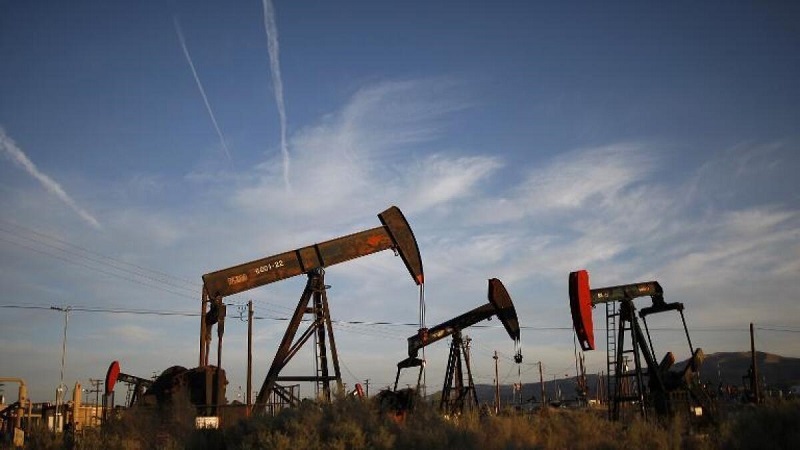
New Delhi- India’s oil demand is projected to jump 8.2 per cent to 5.15 million barrels per day in 2022 as the economy continues to rebound from the devastation caused by the pandemic.
The Organization of Petroleum Exporting Countries (OPEC) in its latest monthly oil market report projected the world’s third-biggest energy consumer to add 0.39 million barrels per day (bpd) of crude oil demand in 2022.
India’s oil demand rose from 4.51 million barrels per day in 2020 to 4.76 million bpd in 2021, recording a 5.61 per cent growth.
But, this was below pre-pandemic levels. Oil demand in 2018 was 4.98 million bpd, which rose to 4.99 million bpd in the following year before the pandemic struck.
“With expected strong economic growth of 7.2 per cent in 2022 and expected rapid containment of Omicron in the near future, oil demand is expected to recover,” the OPEC report said.
Mobility has continued to improve, as average driving activity in India increased. Oil demand this year has increased as states relaxed COVID-19 restrictions in line with declines in new infections.
“Gasoline (petrol) and diesel are likely to be particularly favoured by the expected rise in GDP and the already recovering mobility and consequently driving activity,” it said.
Similarly, in line with a forecast for a robust economy in 2022, the industrial sector will provide support for diesel, LPG and naphtha requirements.
Jet kerosene demand improvement is expected to be slower in 2022 because of travel challenges, particularly business-related, it said. “Nevertheless, India is projected to grow by 0.4 million bpd year-on-year in 2022.”
The projection by OPEC is in line with the government estimates for fuel demand growth. According to the oil ministry’s Petroleum Planning and Analysis Cell (PPAC), India’s fuel demand is likely to grow 5.5 per cent in the fiscal year beginning April 1.
Fuel consumption in 2022-23 is estimated to rise to 214.5 million tonnes (4.3 million bpd) from 203.2 million tonnes expected sales in the current fiscal year ending March 2022.
While the OPEC projections are for crude oil demand, the PPAC forecast is for fuel. Crude oil is converted into fuel such as petrol and diesel at refineries and not all of the petroleum products produced are consumed in the country. A significant amount of petroleum products are also exported, resulting in variance between crude oil and fuel demand estimates.
“India’s crude imports averaged 4.5 million bpd in January, down around three per cent from the strong level seen the month before. February data is expected to show higher crude imports, as the economy gains momentum, demand picks up, and refiners boosted runs,” OPEC report said.
Imports make up for 85 per cent of India’s oil needs.
“In terms of crude imports by source, the latest data for December shows Iraq continuing to hold the top position, with a share of 27 per cent.
“Saudi Arabia was second with around 17 per cent, followed by the UAE with some 13 per cent, the latter seeing a jump in volumes. The US also saw a strong increase, rising to fourth place, with nine per cent,” it added.
According to PPAC, India’s fuel demand will cross the pre-pandemic level sales in the current fiscal. In 2019-20, India had consumed 214.1 million tonnes of petroleum products such as petrol, diesel and LPG.
Demand for petroleum products grew by 4.2 per cent in the first 10 months of the current fiscal year that began in April 2021. Fuel consumption was 165.7 million tonnes in April 2021 to January 2022.
India consumed 194.3 million tonnes of petroleum produced in 2020-21, the year that saw a pandemic-related lockdown crippling economy and mobility, and 214.1 million tonnes in 2019-20.
Follow this link to join our WhatsApp group: Join Now
Be Part of Quality Journalism |
Quality journalism takes a lot of time, money and hard work to produce and despite all the hardships we still do it. Our reporters and editors are working overtime in Kashmir and beyond to cover what you care about, break big stories, and expose injustices that can change lives. Today more people are reading Kashmir Observer than ever, but only a handful are paying while advertising revenues are falling fast. |
| ACT NOW |
| MONTHLY | Rs 100 | |
| YEARLY | Rs 1000 | |
| LIFETIME | Rs 10000 | |













